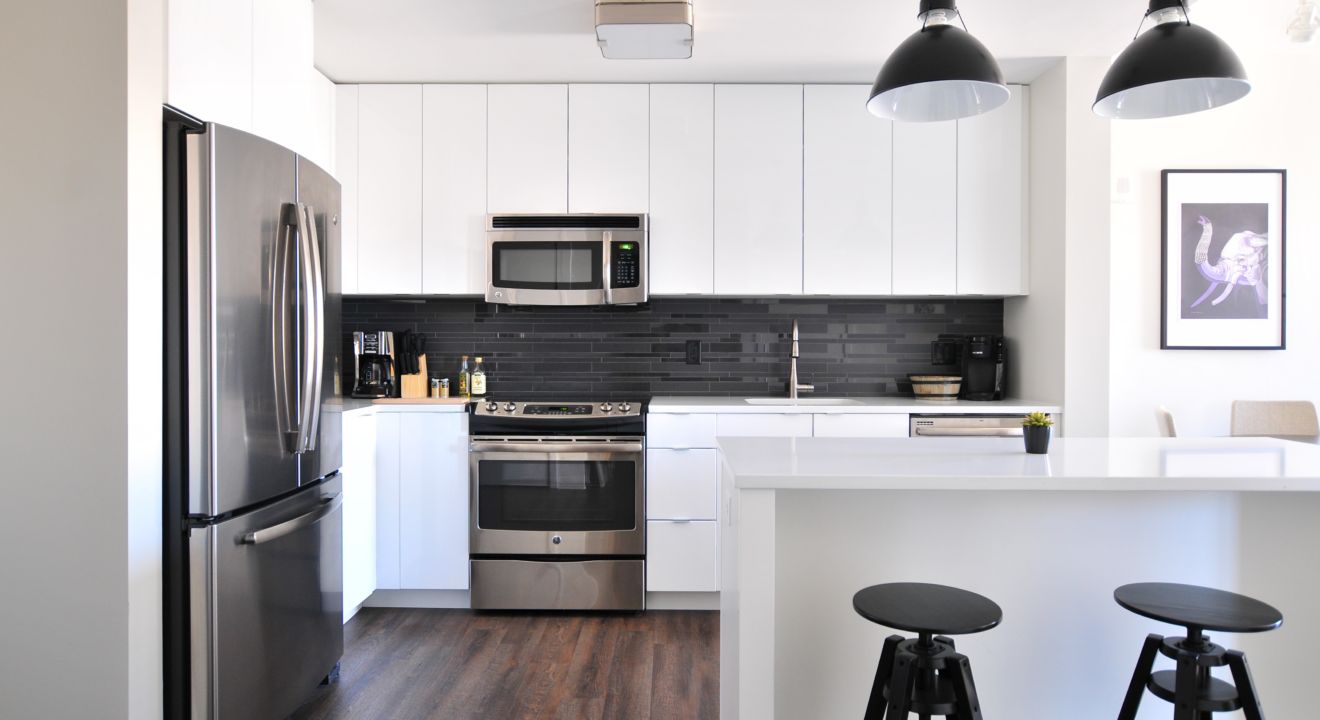Sustainability January 25, 2018
Your walls may be deadly.


This is not another case of “everything causes cancer.” Believe it or not, a limited number of homes, mostly built between 2004 and 2006, seem to have walls that give off poisonous fumes.
How and why? It seems that drywall imported during that period from China, with its main ingredient, gypsum, gives off noxious fumes and has caused residents to experience ailments like dizziness, headaches, insomnia and not to mention a constant rotten egg smell. Homebuilding giant Lennar has admirably stepped up to this issue, offering to re-do the interiors of these homes for residents, but lesser firms are either out of business or in denial.
Drywall usually is not imported, but during the homebuilding boom materials were scarce so some drywall was brought in from overseas. As is often the case, the Chinese manufacturer (actually a German company, Knauf, and its Chinese subsidiary) denies any wrongdoing. The U.S. Consumer Products Safety Commission states that any drywall “manufactured or imported for use in the United States on or after July 22, 2015 must comply with the limitations on sulfur content.”
The bigger issue is what about imports of material that can be made in the U.S.? What about the environmental impact of importing materials that can be sourced much closer to home? Shipping alone used a wide variety of fuels to get the building materials here in the first place. Now the product is found to be noxious and causing people to get sick. So where do we go from here? How do we protect ourselves from questionable products? I have a list of questions you need to ask your homebuilder before signing on the dotted line.
1. Find out exactly where they are sourcing their materials for the project, from drywall to flooring to countertops, you want company names and addresses — upon receiving this information, it is up to you to do the detective work.
2. Get references from your builder, make calls, if other large developments or projects are in your area, go check them out. You want the facts — are current homeowners happy with the quality of construction?
3. Get the history of the property footprint on which you are building. As in, was there ever a previous structure on that ground? Was it industrial or residential? If the former, what was produced there?
This helps alleviate future home health hazards that not only take a toll on your wallet but your family’s health.